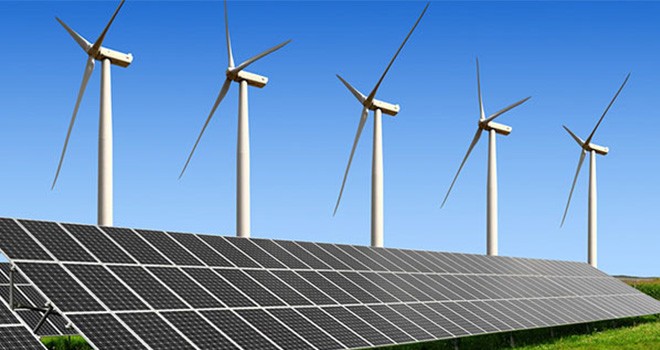
Stanford Engineers Develop State-by-State Plan to Convert United States to 100% Clean, Renewable Energy by 2050
One potential way to combat climate change, eliminate air pollution mortality, create jobs, and stabilize energy prices involves converting the world’s energy infrastructure to run on renewable energy.
Mark Z. Jacobson, a professor of engineering at Stanford, and his colleagues are the first to outline how each of the 50 states can achieve a transition to renewables by 2050. The 50 state plans call for aggressive changes to infrastructure and energy consumption but indicate that the conversion is possible through the implementation of existing technologies.
Jacobson and his colleagues started by looking at the current energy demands of each state and how those demands will change by 2050. They analyzed the amounts and sources of the fuel consumed—coal, oil, gas, nuclear, and renewables—and calculated the energy demands if all usage were replaced with electricity. Researchers focused on using only the renewable energies available to each state to power the electric grid.
Jacobson said that if the conversion takes place, air pollution reduction could prevent the deaths of approximately 63,000 Americans each year. It would also eliminate U.S. emissions of greenhouse gases produced from fossil fuel, emissions that would otherwise cost the economy $3.3 trillion a year by 2050.
